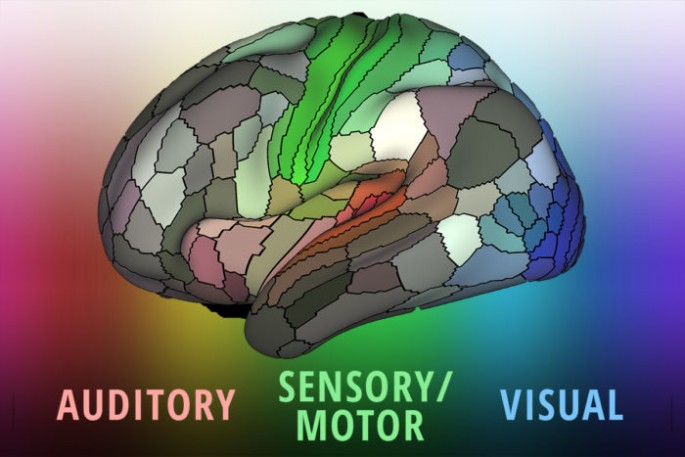Scientists just revealed a breakthrough discovery on how gray matter can apparently possess consciousness, by mapping the mysterious regions of the human brain.
In a new study, neuroscientists revealed the most detailed and intensive map to date, of the labyrinthine region of the brain, which is the cerebral cortex. This part of the brain is also the most outer layer that deals with language, sensory perception, and abstract thought. In this new map, the cortex is divided into 180 different areas known as parcels, which includes 97 undiscovered regions, that can unlock the secrets of how the conscious mind works.
According to lead author of the study, Matthew Glasser from the Washington University School of Medicine, there are cases that there is a distinct patch of the cortex that can possibly be subdivided, however, scientists could not yet draw out the borders on current data and methods. With better techniques, researchers can be able to divide those areas. In this new map, the team established these borders which can yield new clues about how the cerebral cortex works.
The data was collected from more than 200 young adults by the Human Connectome Project, as researchers obtained measurements of the thickness of the cortex, brain functioning and neural connections between these previously unknown regions including the arrangement of the cells on this tissue.
According to co-author of the study, David Van Essen of the Washington University School of Medicine, the brain is vastly different from a computer than can support any operating system or run any software program. Instead, the brain function (software) works by being intimately linked with its structure (hardware). In order to better understand this connection, it is crucial to know how everything is wired and organized.
Apart from identifying these 97 new areas hidden in the cerebral cortex, this map also shows topological structures that is unique to each human. Researchers now hope that these new findings could shed light to what causes brain disorders like autism, epilepsy, dementia and schizophrenia.
Scientists still say that this new brain map that reveals the intricacies of the cerebral cortex is not yet complete, as they believe that this is not yet the final version, but the most comprehensive one yet from past maps.
This new study is published in the journal Nature.



























